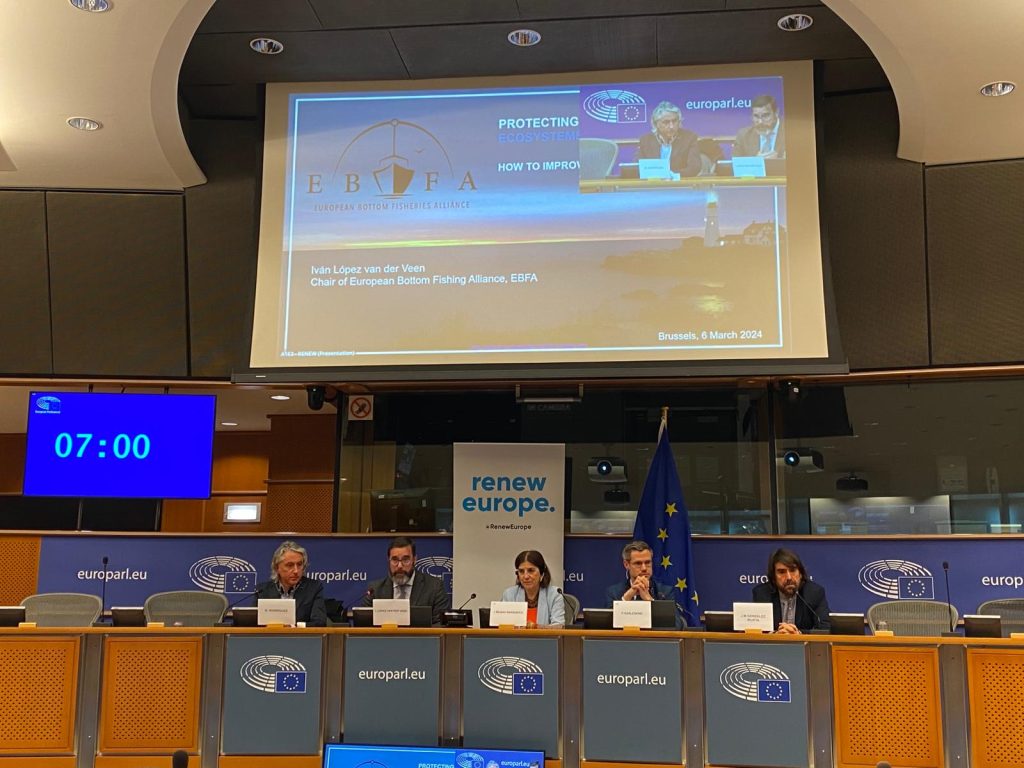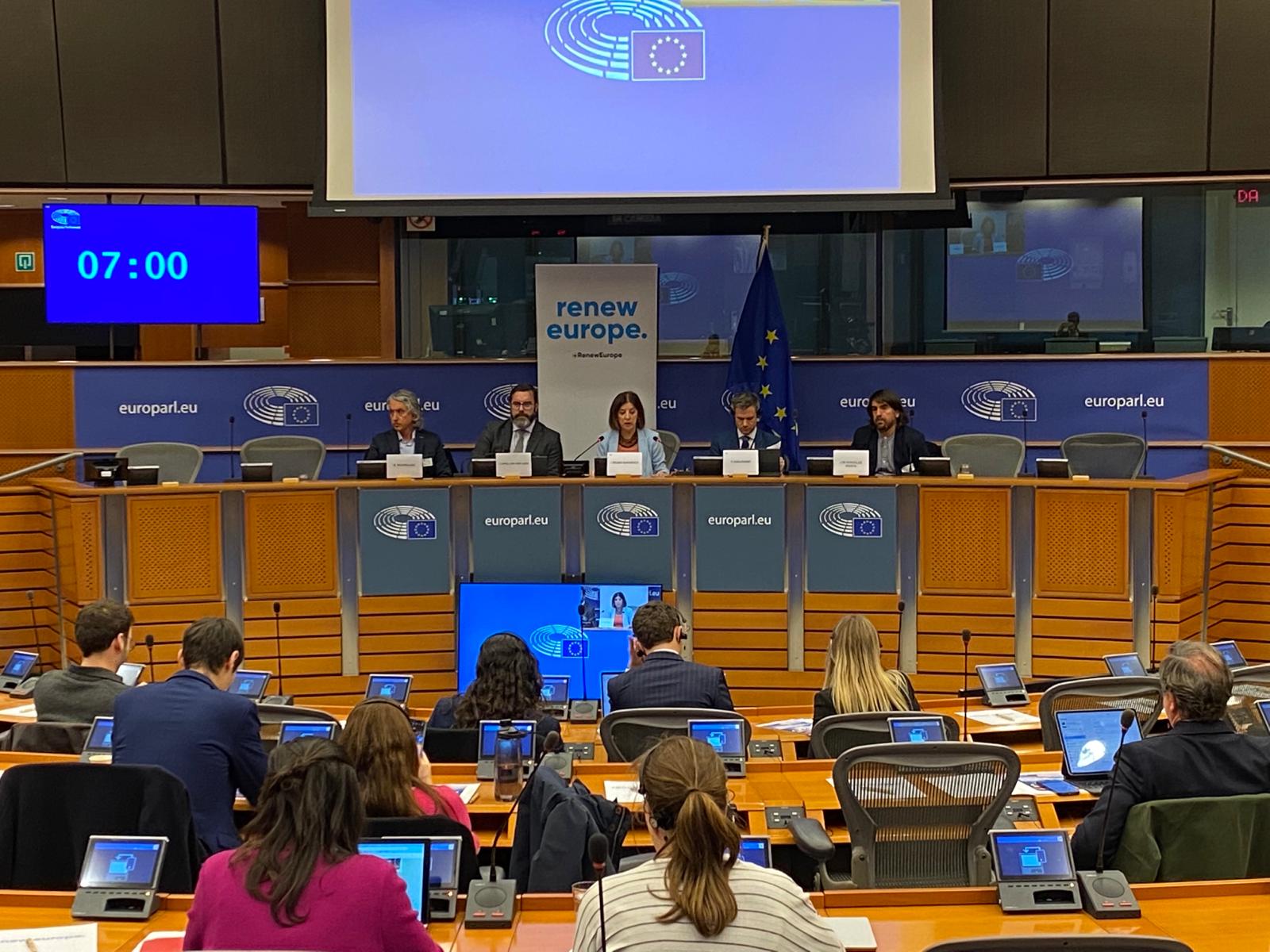The European Bottom Fishing Alliance (EBFA), representing over 20 000 fishermen and 7 000 European vessels, participated in Renew Europe event ‘Protecting Vulnerable Marine Ecosystems in the EU: How to improve EU policy-making?’, hosted yesterday by MEP Izaskun Bilbao. Considering the growing fishery area-closures experienced across European seas and the resulting spatial constraints on fishing grounds, the event looked at the legislative process and science backing these decisions. Experts analysed challenges and opportunities in the Vulnerable Marine Ecosystem (VME) identification process and evidenced scientific and procedural flaws which are creating serious difficulties for the vessels affected by newly established VMEs. EBFA raised issues with the lack of best scientific data to support new deep-sea protection rules, lack of proportionality and level playing field within EU waters. The bottom fishing sector requested the suspension, at least partially for static gears, of this unjustified regulation until the situation is redressed.

VMEs are groups of species, communities or habitats that may be vulnerable to impacts from human activities, including fishing. Since 2006, the international community has undertaken substantial initiatives to safeguard VMEs, notably seamounts and corals, recognising their importance and value. Demonstrating a commitment to conservation, the EU has implemented stringent fisheries management tools. However, according to EBFA, some of the measures proposed and adopted by the European Commission have gone too far.
Scientist José Manuel González Irusta, explained its experience in the elaboration of the ICES advice on areas where VMEs are known to occur or are likely to occur in EU waters as part of the Spanish Oceanographic Institute (IEO). He regretted the fact that though the advice was designed for bottom trawling gears and not intended for other bottom passive fishing gears, such as long-lines, the latter were the most impacted by the rules. In addition, he regretted that the current framework established by the European Commission does not allow the inclusion of high-resolution maps, further skewing the resulting advice. He also highlighted the need for new science to minimise the impact of the area closures while protecting precisely what must be protected.
Professor Gonzalo Rodríguez, coordinator of the research group on fishing economics and natural resources at the University of Santiago de Compostela (USC), evidenced the devastating socioeconomic impact of the EU Regulation that prohibits bottom fishing in 87 areas. The data collected by the USC, demonstrated the disproportionality of the rule and the fact that this law was approved without the necessary socioeconomic evaluation. Particularly, it is estimated that the direct impact of the application of the new Regulation led to a reduction of 30% of the catches and an increase of 20% of fuel consumption due to an unnecessary increase of fishing effort. This is causing irreversible and structural damage to the future of the bottom long-line fleet.
During this year, the Commission will conduct an in-depth analysis via the STECF[1] to study the socioeconomic impact of the implementing deep-sea Act with the intention to revise the rules in 2025, once all data is collected. Mr López commented: “This comes too late, misses the annual revision deadline, and fails to address the irreversible impacts on our fleet. The situation is very serious, fishing companies are disappearing. This is really worrying since bottom fishing companies deliver 25% of total European seafood landings and the EU already imports more than 70% of all fish consumed in the EU. It is surprising to see the Commission reinforcing this dependence through a disproportionate Regulation which it does not want to suspend or urgently revise”.
During the event, EBFA strongly criticized certain closures, noting that they extend beyond the intended scope of the Regulation and are imposed in regions with low VME presence. Moreover, evidenced examples of inaccurate data being utilized in the evaluation process and the imposition of excessively wide buffer zones that disproportionately impact fishing operations. EBFA also condemned what they termed the ‘geographical tax,’ noting that closures in Southern EU waters are disproportionately larger compared to those in Northern regions, a bias not corrected and attributed to latitude factors, as acknowledged by ICES.
Mr López commented: “The sector does not dispute the need for VME protection, quite the opposite. We proactively seek more and better science to take the right decisions. However, the EU cannot afford to unnecessarily squeeze diminishing fishing grounds, even less when it is on the back of flawed regulations and forced interpretations. The implementation of scientific models not appropriate for other fishing gears, as stated by the scientists that designed them, is an unacceptable exercise of bad governance. We could understand the closure of 5 237 km2 of real VMEs but cannot accept the total closure of more than 16 400 km2 to all bottom fishing gears for no justified reason. This is completely disproportionate and against the principles of the EU Treaty. The EU must design closures based on the real and accurate location of the VME and gear-based buffer zones to minimise socio-economic impact”.
Ivan López, chair of EBFA, concluded: “We welcome the opportunity offered by Renew Europe to openly debate this crucial issue. We also appreciate the commitment by the Commission to improve the consultation process and the underpinning science in future processes. However, action must be taken now, and the application of these rules must be suspended. Once the mistakes have been identified they cannot continue to exist whilst a better solution is sought. Farmers have proven that prompt derogations are possible, and yet these seem not to be available for fishers. We deserve the same treatment, especially when the rules applied are obviously just as flawed and unjustified”.
Press contact
Daniel Voces, Secretary of EBFA, info@bottomfishingalliance.eu (+32 489 26 81 07)
[1] Scientific, Technical and Economic Committee for Fisheries


